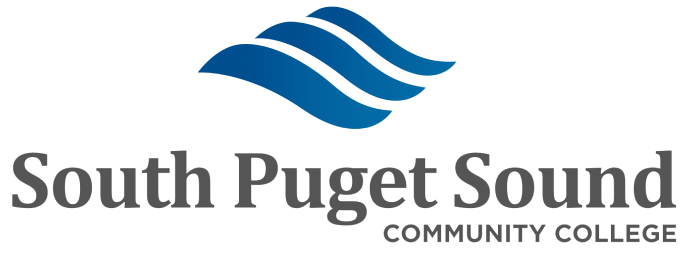CWAs
Analytical Reasoning: Assess qualitative and quantitative information to discern patterns, solve problems, and justify conclusions.
Effective Communication: Convey and receive information applicable to interpersonal and public situations.
Information Literacy: Research and evaluate information to make informed decisions and conclusions.
Multicultural Awareness: Analyze diverse cultural values, beliefs, and practices that impact interactions, social frameworks, and institutional structures.
Social Responsibility: Analyze the ethical, environmental, and community impact of actions within local and global systems.
CWA Levels
At SPSCC, our CWAs have levels. The concept of “CWA levels” was initially proposed by faculty several years ago and was intended to capture the fact that different courses require a different skill attainment with the CWAs. Students who complete a degree at SPSCC should meet Level 3 in all 5 CWAs by the time they graduate. The CWA Levels are listed below
Level 1 – Foundational
Courses at this level generally:
- Introduce students to aspects of the outcome being assessed.
- Often use field or discipline specific language, terms, and/or values to teach the outcome.
- Often embed basic concepts and foundational skills for the CWA in the course content.
Level 2 – Growth and Development
Courses at this level generally:
- Increase the complexity of the CWA skill being assessed.
- Often use field or discipline specific language, terms, and/or values to teach the outcome.
- Expect students to have a basic understanding of, and facility with, the CWA.
- Offer students increased nuance and complexity with the CWA, as well as the space and time for students to practice aspects of the CWA.
Level 3 - Skill Attainment and Reinforcement
Courses at this level generally:
- Provide students with increased complexity and nuance within the CWA being assessed, often a high level of field or discipline specific language, terms, and/or values.
- Provide students with increased opportunities to practice and engage with the CWA at a high degree of complexity.
- Expect students to have some fluency and facility with the CWA, even if they are in a field or pathway outside of their own.
- Often involve higher level thinking within the CWA that includes more theoretical concepts.
The CWA rubrics have example skills and abilities, and example assessments, organized by CWA and level. You can use the rubrics to help you create assessments that are at the appropriate skill level for the CWAs in the courses you teach. You can ask your dean, program lead, your SLAC representative or the Director of Student Learning Assessment for help in designing any CWA-related assessments. You can also refer to the Leveling and Using the Rubrics Info Sheet.
